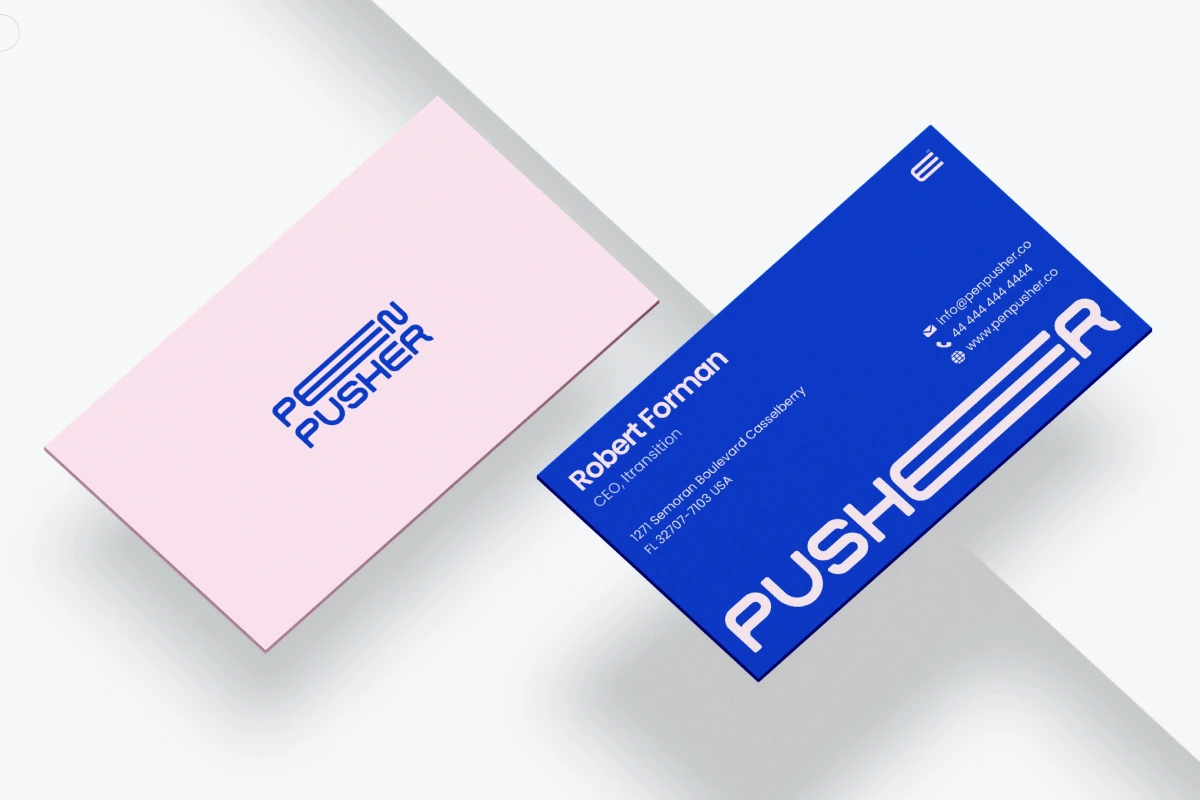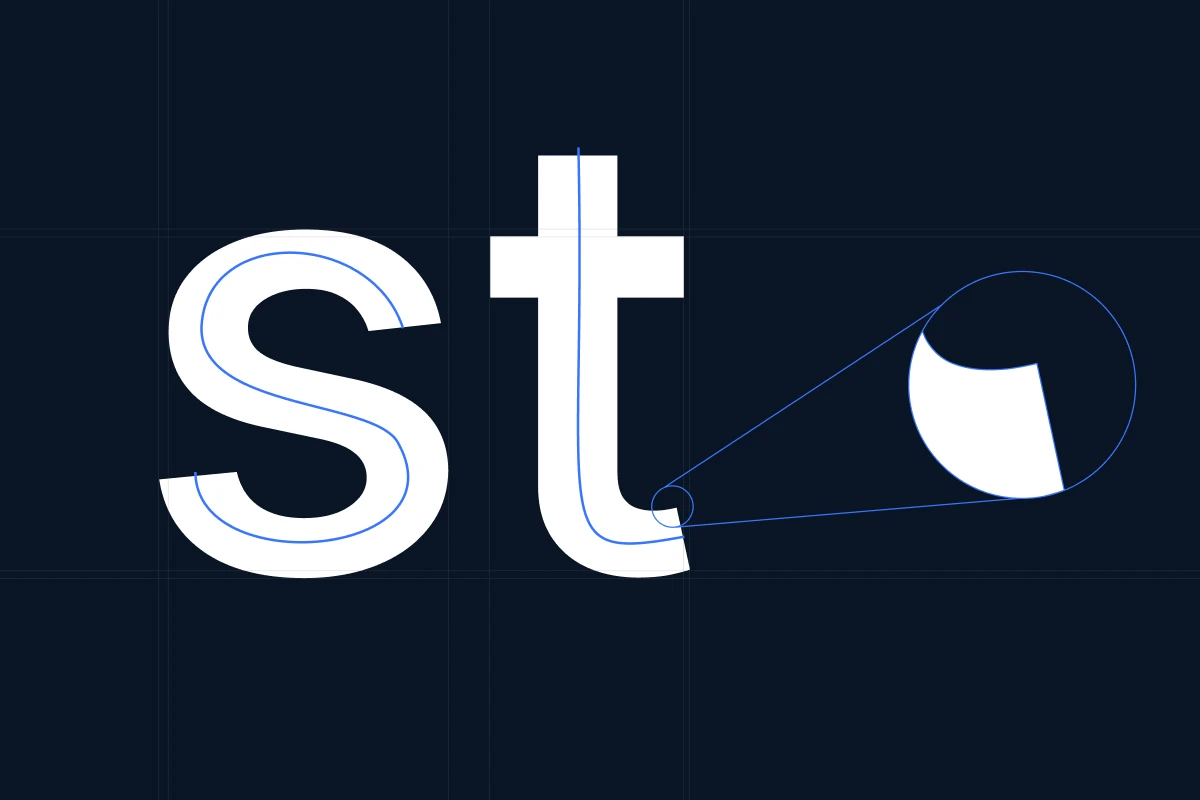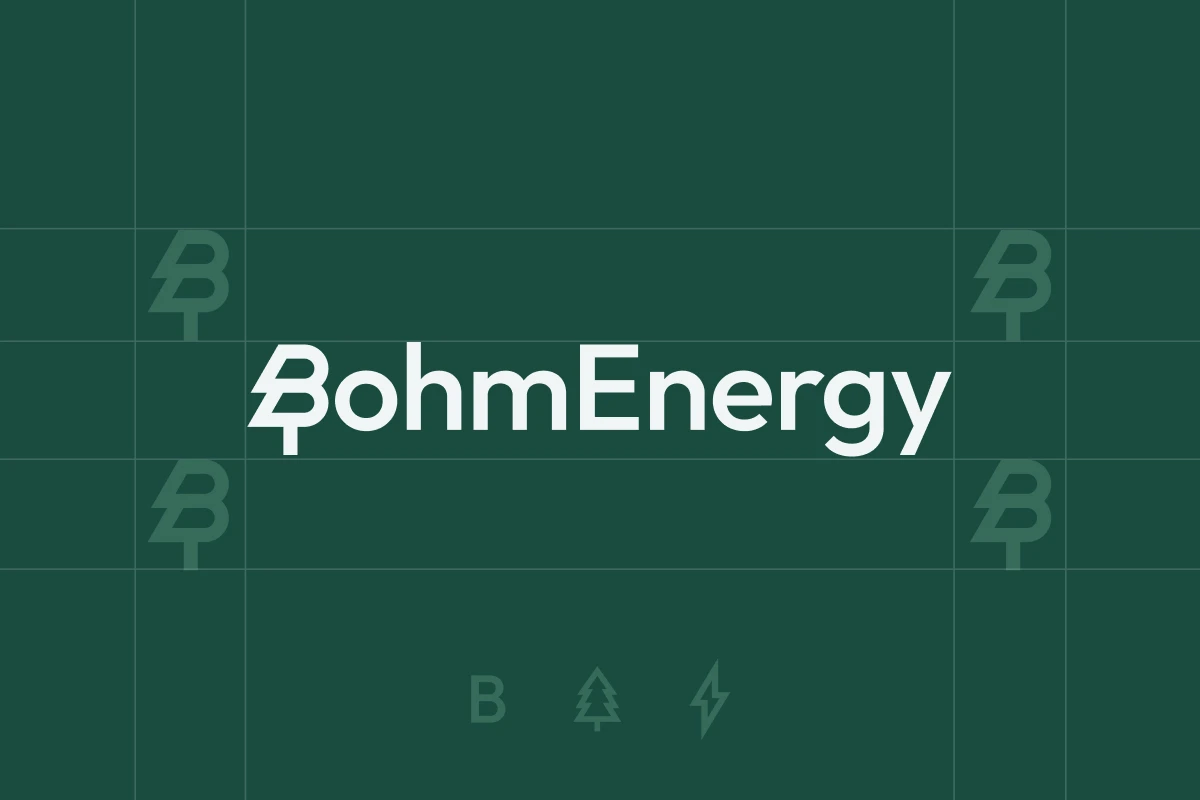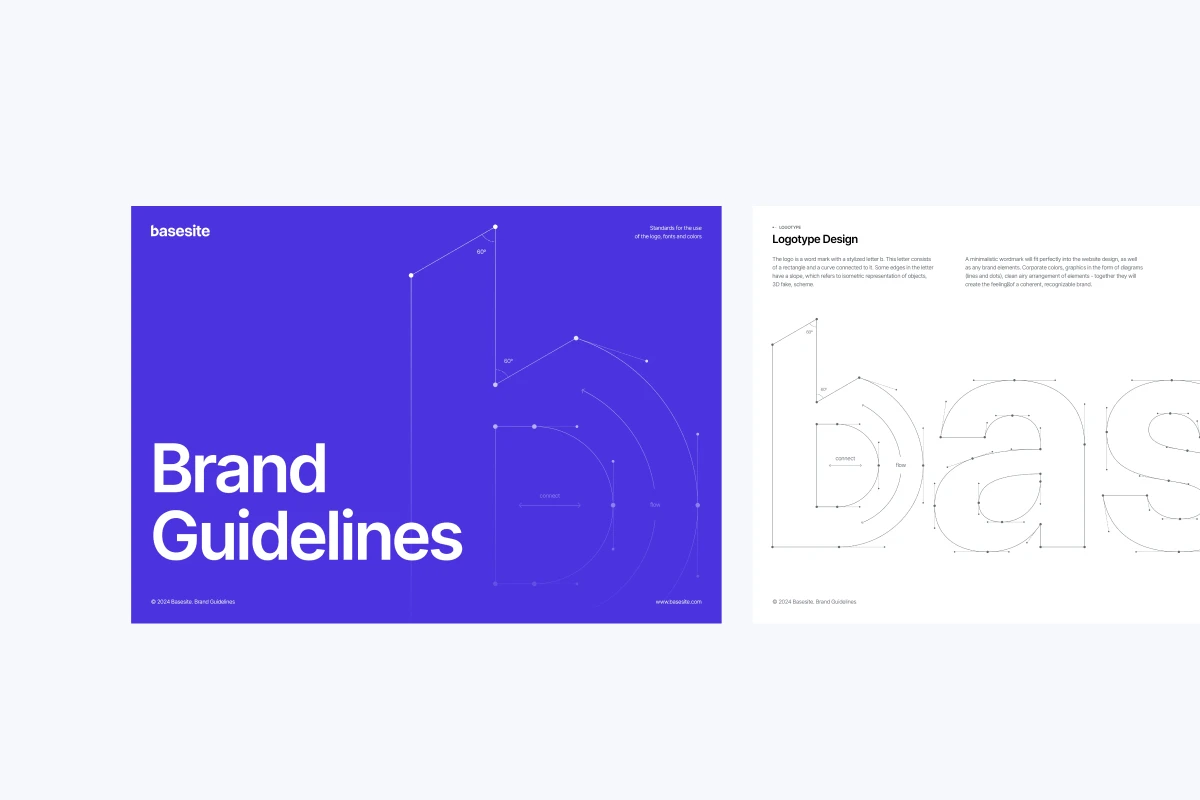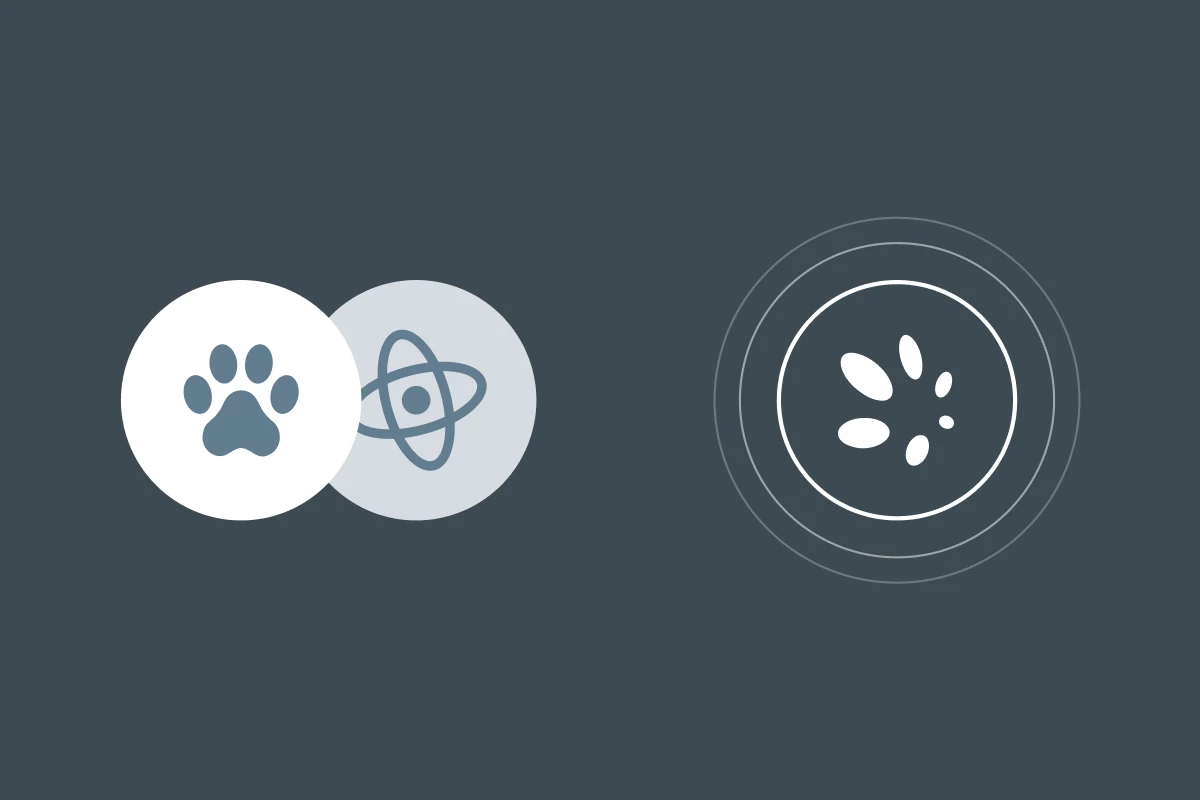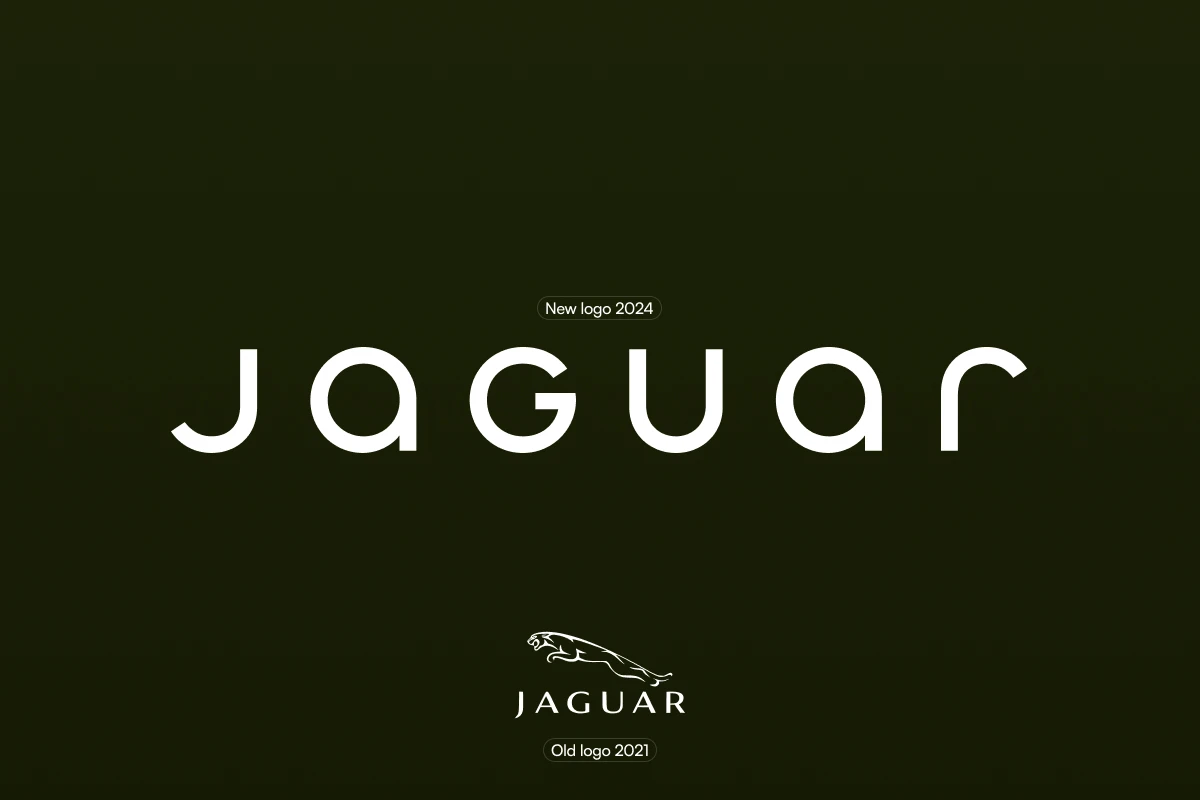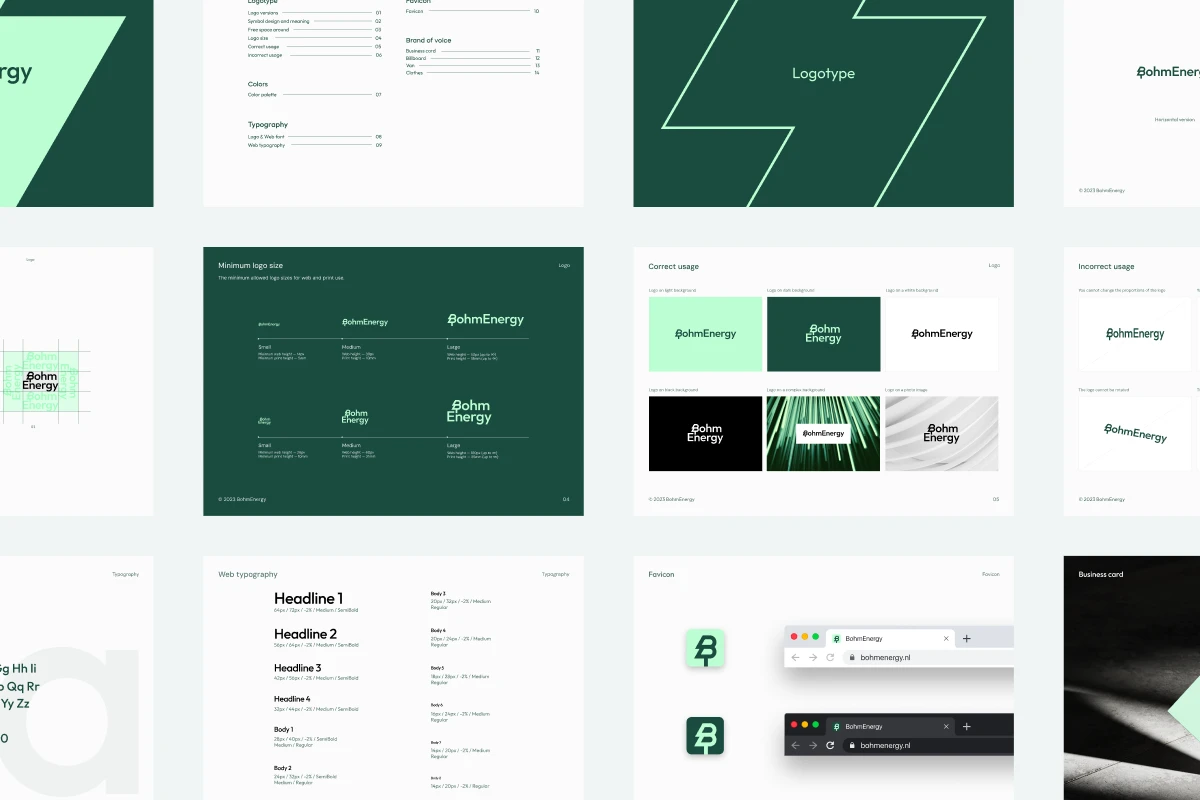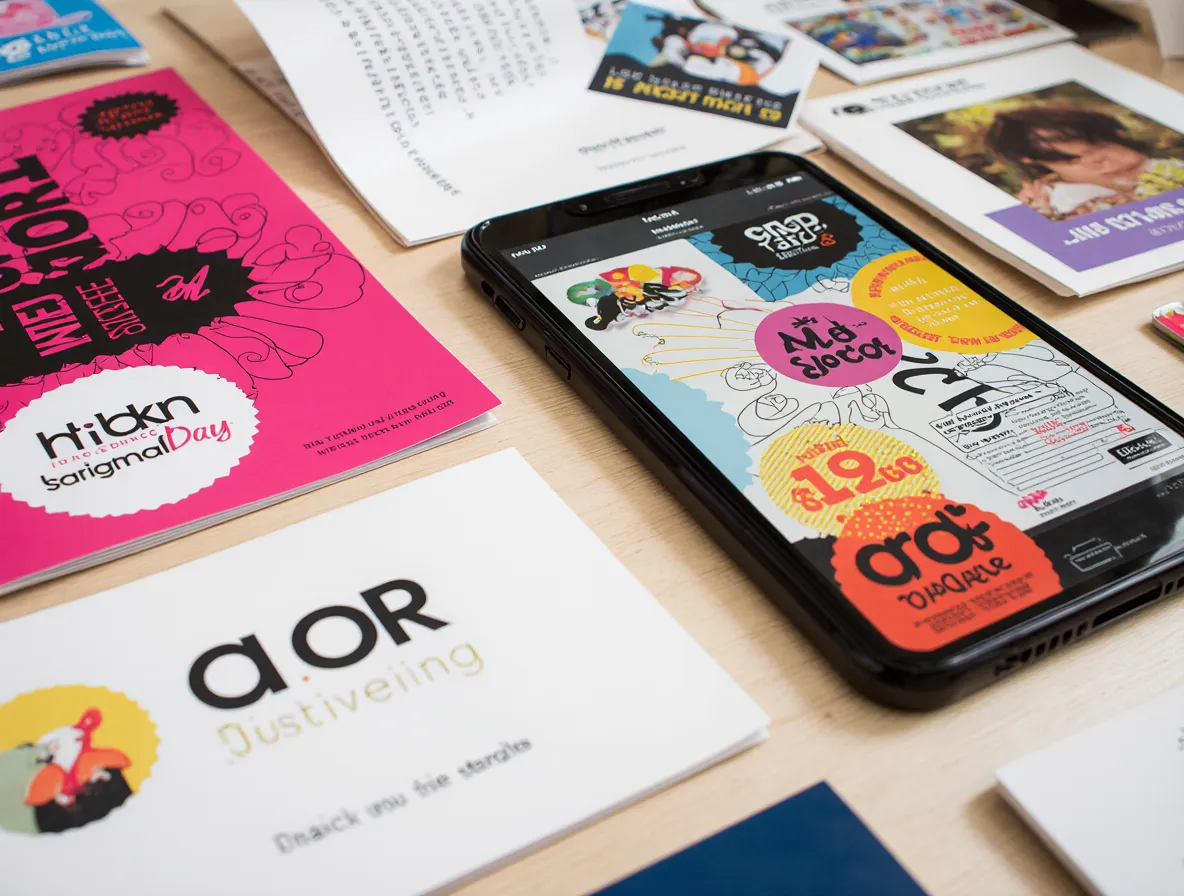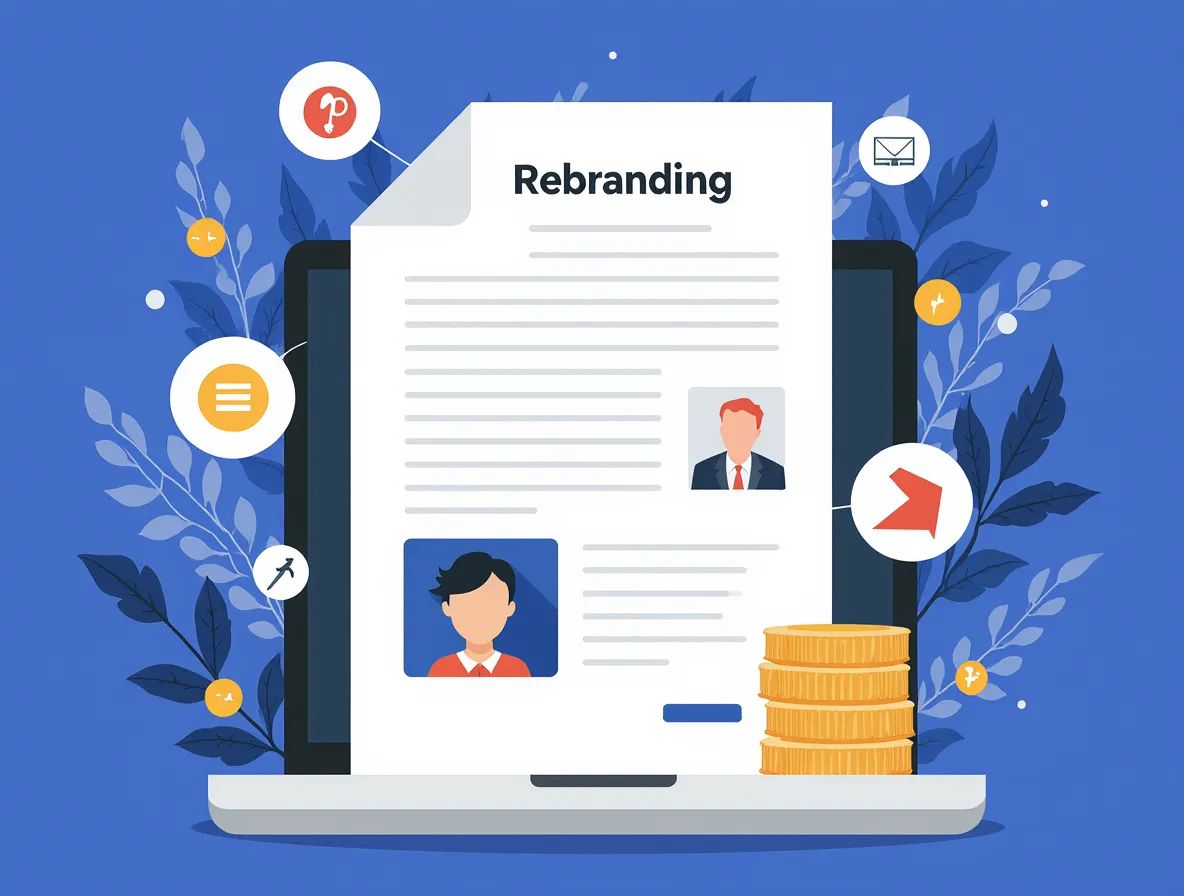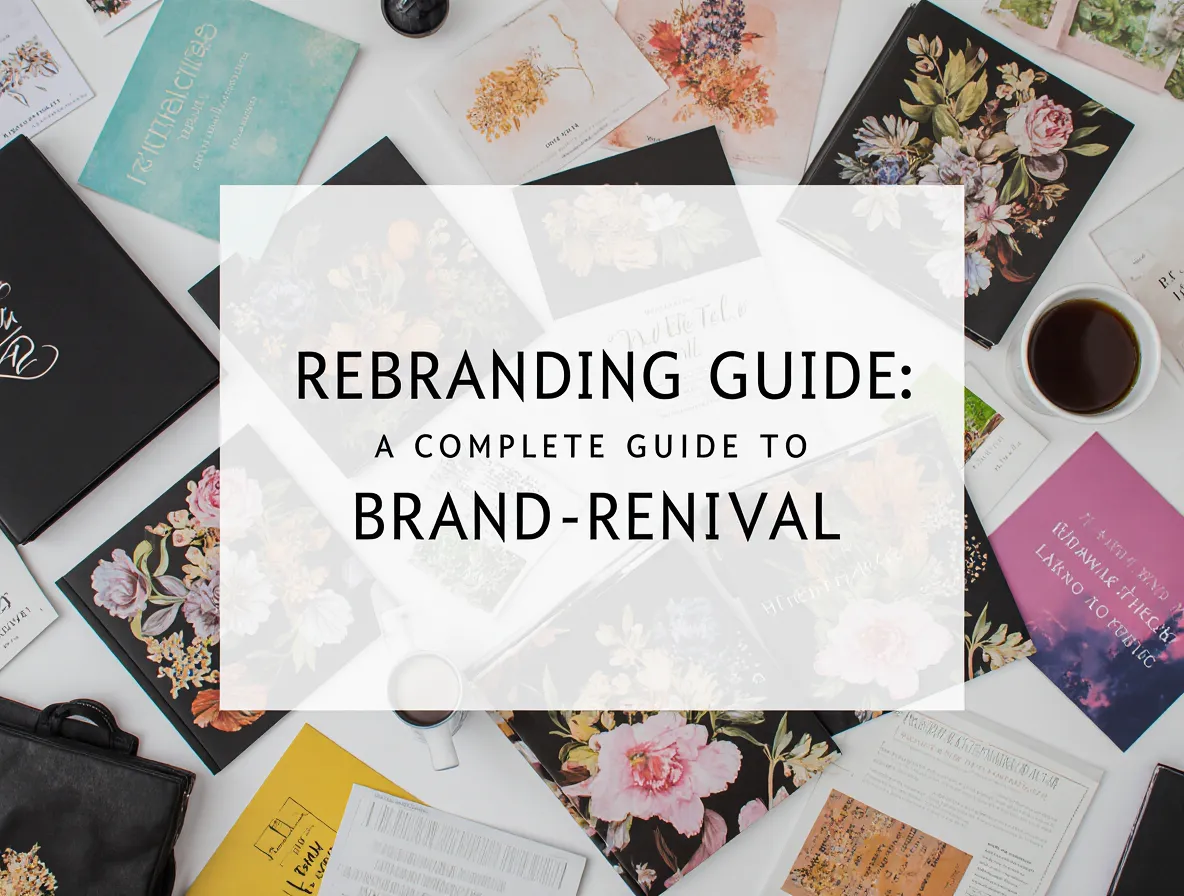Starting a company is hard. Building a brand that people remember is harder. Most startups fail not because their product is bad, but because nobody knows they exist or understands what makes them different.
Your brand is not your logo. It's the complete picture of how people think and feel about your business. For a startup, getting this right from day one saves money, time, and headaches.
Why Most Startups Get Branding Wrong
Most founders treat branding as an afterthought. They build the product first, then add a name and logo at the last minute.
This creates problems that become expensive to fix later. When rebranding a startup becomes necessary after launch, it costs between $50,000 and $500,000 for a small company. That money could fund product development or customer acquisition.
{{vad-quote-1}}
What Is a Unique Brand Image?
A unique brand image is the distinct mental picture customers form when they think about your company. Strong corporate identity combines visual elements, messaging, values, and customer experiences into one identity that differentiates you from competitors.
Your brand image lives in three places:
- What you say about yourself
- How you look
- How customers experience you
Strong brands align all three. Weak brands have mismatches that create confusion.
How We Got Here: From Made-Up Names to Authentic Brands
Fifteen years ago, startup branding followed a simple formula: pick a made-up name ending in "-ly" or "-ify," use a bright blue logo, call yourself disruptive. Dropbox, Spotify, and Shopify made this work.
The problem? Everyone copied it. By 2015, the startup world was drowning in indistinguishable brands. Investors joked they couldn't remember which company did what.
The industry tried ultra-minimal branding next. Startups stripped everything down to sans-serif wordmarks and neutral colors. Casper, Away, and Glossier pioneered this aesthetic. It worked for them but created another wave of identical brands.

There was a brief trend toward "quirky" branding—random mascots, weird names, forced personality. Dollar Shave Club proved humor could work, but most imitators came across as trying too hard. Personality needs to be authentic, not manufactured.
Today's successful startup brands take a different path. They start with deep audience research, build positioning around specific value propositions, and create visual systems that reflect what makes them different. Notion, Figma, and Linear show how this approach creates lasting brand value.
Should You Really Invest in Branding from Day One?
Building a proper brand from the start requires time and money. Many founders wonder if they should just focus on the product.
Here's the honest answer: it depends on your business model.
If you're building B2B SaaS for a niche technical audience, your initial brand can be simple. Your first 50 customers will care more about whether your product solves their problem than whether your logo is perfect.
If you're entering a crowded consumer market where perception drives purchase decisions, weak branding will kill you before you start. You're competing against established companies with massive marketing budgets.
The key is proportional investment. Strategic planning matters more than budget size. You don't need a $100K brand identity when you have 10 customers. You do need clear positioning, a memorable name, and visual consistency.
Three Foundations You Must Build First
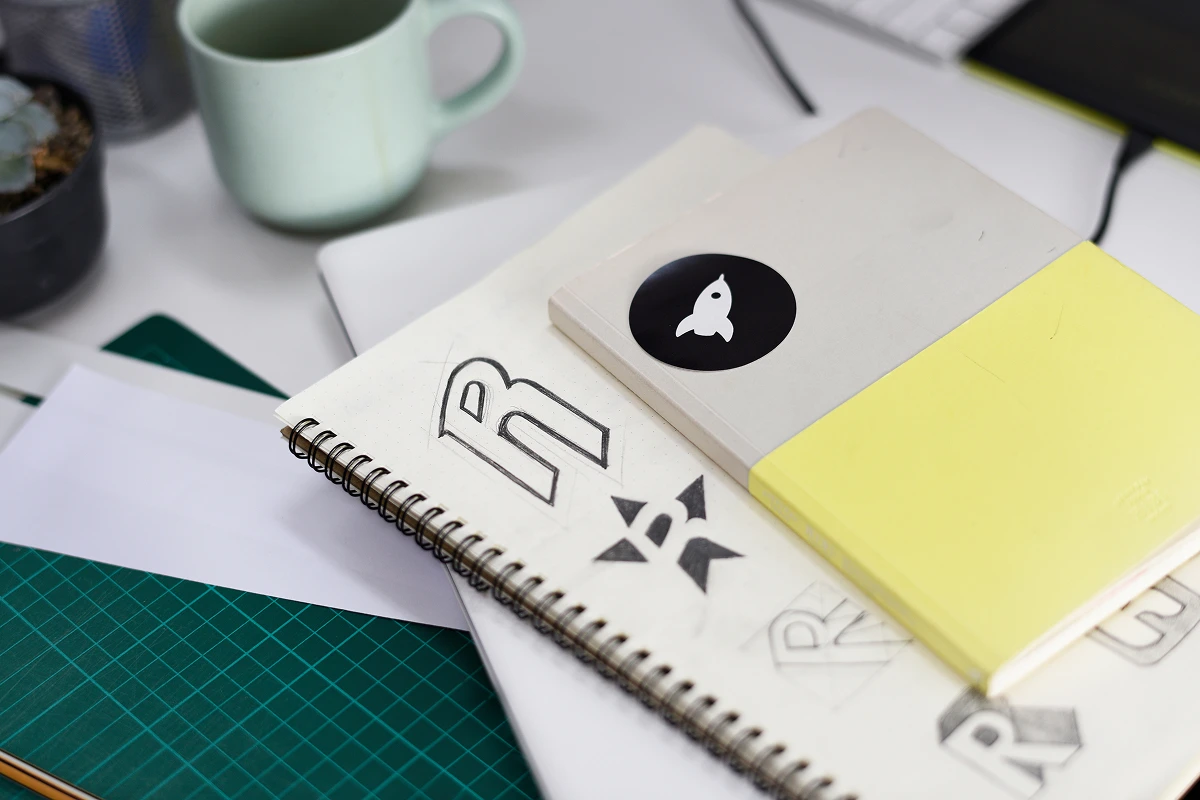
Before you touch design software or hire a branding agency, you need three foundational elements locked down.
Who exactly are you serving?
Your target audience should be specific enough that you can describe their daily frustrations, career goals, and decision-making process. "Small businesses" is too broad. "Solo law practitioners in mid-sized US cities struggling with client intake management" gives you something to work with.
Build a detailed profile. What problems keep them up at night? What solutions have they already tried? What language do they use when describing their pain points?
This research shapes your brand voice, visual style, and messaging strategy. A brand targeting 25-year-old content creators should look and sound completely different from one targeting 55-year-old manufacturing executives.
What problem do you solve better than anyone else?
Your positioning statement should answer one question: "Why should someone choose you over every alternative, including doing nothing?"
This isn't about listing features. It's about identifying the specific outcome you deliver and the unique way you deliver it. Effective brand positioning clarifies your place in the market. Slack didn't position itself as "team chat software." They positioned themselves as "email killers" and "making work life simpler."
Strong positioning follows this structure: For [specific audience] who [has this problem], [your company] is [category] that [unique approach]. Unlike [alternatives], we [key differentiator].
Test your positioning by pitching it to five people in your target audience. If they immediately understand what you do and why it matters, you're on track.
What values actually matter to your company?
Company values aren't wall decorations. They're decision-making filters that guide how you build products, treat customers, and grow your team.
Most startups copy generic values: innovation, integrity, customer-first. These mean nothing because everyone claims them. Your values should be specific enough that they create real constraints.

Basecamp's value of "no artificial growth" means they turn down venture capital and reject growth tactics that compromise user experience. Patagonia's environmental commitment means they encourage customers not to buy new products. These values cost something, which makes them credible.
Pick three to five values that reflect actual tradeoffs you're willing to make. Then make sure your brand expression reinforces these values at every touchpoint.
Building Your Brand Strategy: Where to Start
Visual identity is more than a logo. It's a complete system of elements that work together to create recognition and convey your brand personality.
Start with these core components:
- Logo and typography: Your logo should be simple, scalable, and ownable. It needs to work at 16 pixels on a mobile screen and 16 feet on a billboard. Choose one or two typefaces that reflect your brand personality.
- Color palette: Select a primary color that differentiates you from direct competitors, then build a supporting palette. Your primary color will appear in 60-70% of applications. Two or three secondary colors add flexibility.
- Visual style and imagery: Define your approach to photography, illustration, and graphics. Do you use bright, saturated product shots or moody, atmospheric lifestyle images? These choices should align with your positioning and audience preferences.
The goal is consistency without rigidity. Your visual identity should flex across different applications while maintaining recognizable core elements.
How to Name Your Startup
Your company name is the most permanent branding decision you'll make. Change it later, and you lose accumulated brand equity along with SEO rankings and customer recognition.
Three naming approaches work well for startups:
- Descriptive names tell people what you do: PayPal, LinkedIn, Salesforce. The advantage is immediate clarity. The disadvantage is limited differentiation and possible trademark conflicts.
- Abstract names create blank slates you can define through marketing: Apple, Amazon, Oracle. They're easier to trademark and scale across product categories. The risk is requiring more marketing investment to build meaning.
- Compound or invented names combine words or modify existing ones: Facebook, Instagram, Snapchat. They can suggest function while remaining distinctive.
Whatever approach you choose, run your name through this filter:
- Can people spell it after hearing it once?
- Does it work across all markets you plan to enter?
- Is the .com domain available or acquirable?
- Are identical or similar trademarks already registered in your category?
- Does it translate appropriately in languages spoken by your target markets?
{{vad-quote-2}}
Crafting Your Brand Voice and Messaging

Your brand voice is how your personality comes through in words. It should be distinctive enough that someone could identify your content without seeing your logo.
Define your voice across four dimensions:
- Formality spectrum: Are you buttoned-up professional or casual and conversational? Neither is right or wrong, but mismatches with audience expectations create friction.
- Complexity level: Do you use industry jargon or explain everything in simple terms? Match the expertise level of your audience.
- Emotional temperature: Are you enthusiastic and energetic or calm and measured? High energy works for consumer products aimed at younger audiences. Measured confidence suits enterprise software.
- Humor and personality: Can you be funny, or should you stay serious? Humor is high-risk, high-reward. Get it right, and you build emotional connections. Get it wrong, and you seem unprofessional.
Document your decisions in a simple voice guide. Include specific examples of what to do and what to avoid.
Three Critical Branding Mistakes Startups Make
Mistake 1: Copying Your Competitors
You see successful companies in your space with minimalist logos and muted color palettes. You think, "This must be what works." So you create something similar.
People do this because it feels safe. If established companies use this approach, it must be correct.
The cost: You become invisible. When your brand looks like everyone else's, potential customers can't remember or differentiate you. Your marketing spend goes up because you need more impressions to create the same level of recognition. Research shows that brand distinctiveness drives up to 60% more marketing effectiveness than brand relevance alone. By mimicking competitors, you make customer acquisition 2-3 times more expensive.
Mistake 2: Designing for Yourself Instead of Your Audience
You build a brand that reflects your personal aesthetic preferences. You love vintage typography and earth tones, so that's what your startup gets.
Founders do this because the brand feels like their baby. They want it to represent their taste and vision.
The cost: Your brand appeals to you but not to the people who need to buy your product. A 45-year-old founder's design preferences often clash with what appeals to a 28-year-old target customer. Data from conversion testing shows that audience-aligned branding can improve landing page conversion rates by 30-50%. When you design for yourself, you're actively repelling the customers you need to attract.
Mistake 3: Building an Inflexible Brand System
You create detailed brand guidelines that specify exact colors, precise logo placement rules, and rigid templates. Any deviation is treated as brand violation.
Companies do this because consistency seems professional. They see big corporations with 200-page brand books and think that's what success requires.
The cost: Your brand can't adapt to new channels, campaigns, or market opportunities. Your social team can't test new content formats because they don't fit the guidelines. Rebranding for startups that enforce rigid systems becomes necessary sooner because the framework can't evolve with the business. These companies typically spend 40-60% more time on creative production because every asset requires approval from brand police. Meanwhile, your agile competitors are testing, learning, and capturing market share.
Building Brand Recognition on a Startup Budget
You don't have millions for advertising. You need to build recognition through smart, efficient tactics.
- Content as brand building: Every blog post, social update, and email is a chance to reinforce your brand. Consistent voice, visual styling, and perspective compound over time. One excellent piece that spreads organically beats ten forgettable posts.
- Strategic partnerships: Align with established brands that share your values and audience. A collaboration gives you access to their brand equity and customer base.
- Community presence: Show up authentically where your audience already gathers. Answer questions in relevant forums, contribute to industry discussions, share genuine insights.
- Customer storytelling: Your best brand advocates are happy customers. Showcase their stories, results, and experiences. User-generated content provides social proof while amplifying your brand message.
- Consistent visual presence: Use templates, presets, and systems that make it easy to create on-brand materials quickly.
Looking Ahead: When Your Brand Needs to Evolve
Your initial brand should be good enough to launch, not perfect enough to last forever. As you gain customers and market knowledge, your brand will need to evolve.
Navigating these evolution points requires careful planning and execution. If you're facing a significant shift in your business direction or market positioning, professional rebranding can help you transform strategically while preserving the brand equity you've built. Our team specializes in guiding startups through major brand transitions that align with business growth
Plan for these natural evolution points:
- Product-market fit shift: Your initial target audience may not be your ultimate audience. As you discover who really loves your product, your brand may need to shift to speak more directly to them. This happened to Slack, which started targeting gaming teams and pivoted to business communication.
- Expansion into new markets: Geographic expansion or category extension requires brand flexibility. Your visual identity might stay consistent while messaging adapts to new contexts and cultural norms.
- Series funding milestones: Each major funding round often coincides with expanded ambitions and market positioning. Your seed-stage brand positioning evolves into your Series B positioning.
- Competitive landscape changes: If your category becomes crowded or a dominant player emerges, you may need to sharpen differentiation. Monitor how competitors position themselves and find white space.
The key is intentional evolution based on data and market feedback, not reactive changes based on personal preference.
While this guide covers the fundamentals of building your startup's brand from scratch, there's much more to explore about the rebranding journey. Whether you're considering your first brand refresh or planning a complete transformation, understanding the full scope of rebranding decisions will help you make smarter choices.
- Rebranding: A Complete Guide to Brand Renewal
- Rebranding Strategies: How to Build a Successful Path
- How to rebrand small businesses
- Rebranding vs. brand refresh: how to choose the right scale of change (guide + checklist)
- Rebranding for SaaS and technology companies: tasks, specifics, examples of solutions
- When a company needs rebranding: signs and reasons for renewal
- Mistakes in rebranding: what businesses should avoid
- How to Know if Your Rebrand is Successful - Measuring the Success of Your Rebrand
Protecting Your Brand Assets
Brand creation is one thing. Brand protection is another. Many young companies overlook legal safeguards until problems arise.
Register your trademarks early. File applications in your home country and any markets where you plan to operate within the next two years. Trademark registration typically takes 8-12 months, so start the process as soon as your name is finalized.
Secure relevant domains beyond just .com. At minimum, grab common variations and typos to prevent competitors or cybersquatters from capitalizing on your brand.
Document your brand guidelines. Even a simple 10-page guide covering logo usage, colors, typography, and voice saves countless hours of questions and revisions.
Monitor for infringement. Set up Google Alerts for your brand name and variations. Check domain registration databases for suspicious new registrations.
{{vad-quote-3}}
The Strongest Argument Against Early Brand Investment
Here's what critics of early-stage branding say: you don't know your market yet, so any brand you create now will be wrong.
This argument has merit. Many startups pivot. Your initial target customer might not be your ultimate customer. Your positioning might shift as you learn what truly resonates. Investing heavily in brand identity before product-market fit seems premature.
The counterpoint: waiting until you have perfect market knowledge means operating with a weak or confused brand during your most critical growth phase. Your early customers form lasting impressions that are hard to change. Poor branding creates friction in customer acquisition, making it harder to reach the scale where you can afford proper branding.
The smart approach balances both concerns. Build a solid foundation—clear positioning, professional visual basics, consistent voice—without overinvesting in elaborate brand systems you might need to change. A successful product launch depends partly on professional presentation. Budget 5-10% of your initial marketing spend on branding, not 50%. This gives you a credible starting point without locking you into decisions that might not fit your evolved business.
Build a solid foundation—clear positioning, professional visual basics, consistent voice—without overinvesting in elaborate brand systems you might need to change. As your startup gains traction and market clarity, a strategic brand refresh can modernize your identity without losing recognition. We help companies evolve their brands intelligently, updating what needs to change while keeping what works.
How Brand Recognition Actually Works
Brand recognition relies on cognitive shortcuts your brain takes to process information efficiently.
- Mere exposure effect: People develop preference for things simply through repeated exposure. This is why consistency matters more than creativity in building brand recognition.
- Von Restorff effect: Distinctive items in a group are remembered better than similar items. This principle explains why differentiation beats imitation.
- Color psychology impact: Colors trigger emotional responses before conscious thought occurs. Blue suggests trustworthiness and stability. Red creates urgency and excitement. These associations vary by culture, so test color choices with your specific audience.
- Typography and comprehension: Serif fonts suggest tradition and authority. Sans-serif fonts feel modern and approachable. Beyond aesthetics, readability directly impacts message retention—complex fonts reduce comprehension by up to 20%.
Real Example: How Notion Built a Distinctive Brand
When Notion launched in 2016, the productivity software market was saturated. Evernote dominated note-taking. Trello owned kanban boards. Confluence controlled team wikis.
The problem: Notion was late to a crowded market with established players. They needed customers to try another productivity tool when most people felt overwhelmed by the ones they already had.
Their brand approach: Instead of positioning as another note-taking or project management tool, they built a brand around flexibility and customization. Their visual identity used soft colors and playful illustrations that made powerful software feel approachable. Their messaging focused on "building your own workflow" instead of forcing users into preset structures.
The results: Notion grew from 1 million to 30 million users between 2019 and 2022. Their brand recognition in the tech community now rivals or exceeds tools with decades more history. They achieved this without massive advertising budgets—through consistent brand expression, community cultivation, and product experience that matched brand promises.
Your First 30 Days of Brand Building
You've read the strategy. Now it's time to build. Here's your 30-day roadmap to create a solid brand foundation.
Days 1-7: Research and positioning
- Interview 10 people in your target audience about their problems and current solutions
- Analyze your top 5 competitors' brand positioning and visual identity
- Write your positioning statement and test it with 5 potential customers
- Define your 3-5 core company values with specific examples
Days 8-14: Name and visual direction
- Generate 50 name candidates using different approaches
- Narrow to top 5 based on availability and fit
- Check trademark databases and domain availability
- Select primary name and secure domain
- Create a mood board showing visual direction
Days 15-21: Core visual identity
- Design or commission logo in primary lockup
- Select typeface system
- Define color palette
- Create basic logo usage guidelines
Days 22-30: Launch assets and documentation
- Design 5 essential assets: business cards, email signature, LinkedIn banner, website header, one-pager
- Write a simple brand voice guide with do/don't examples
- Create a basic style guide document
- Set up brand asset folder with organized files
This timeline gives you a functional brand to launch with. You'll refine and expand it as you grow.
Start Building Your Brand Today
Building a brand isn't a project with a finish line. It's an ongoing process of aligning perception with reality, staying relevant as markets evolve, and deepening connections with your audience.
Your brand today should be good enough to compete, flexible enough to grow, and authentic enough to last. Perfect is the enemy of shipped.
The startups that win aren't always the ones with the best logos or cleverest taglines. They're the ones with clear positioning, consistent execution, and authentic connections to the people they serve. Startup rebranding will happen naturally as you evolve, but starting with a strong foundation makes that evolution strategic rather than reactive.





